A Fresh Perspective on Core Training: Unlock Your Potential
Written on
Chapter 1: Rethinking Core Training
Have you considered a different approach to core training? This might just change your perspective!
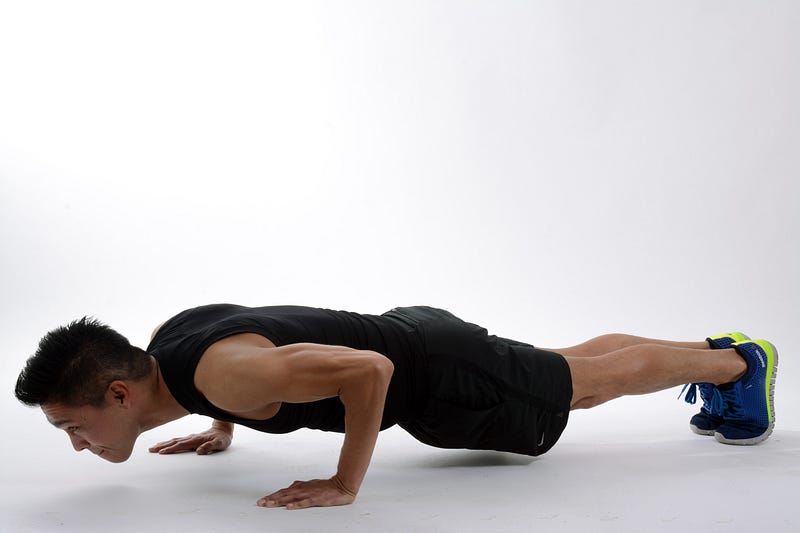
Photo by Keiji Yoshiki from Pexels
When engaging in core exercises, it’s crucial to clarify our objectives. For some individuals, the focus may be on aesthetics. However, for many, the goal is to achieve functional benefits from our efforts. While exercises like bird dogs and planks are valuable, there exists a more straightforward technique for core training that you might not have considered: slowing down the movements.
For most people, a specialized core regimen shouldn't be the only component of their training. Although this strategy is beneficial, a more effective method is to perform compound exercises at a slower pace. This approach can genuinely enhance our movement ability and overall performance. By shifting our mindset, we can transform core workouts into opportunities for better movement quality and fluidity, ultimately leading to a higher quality of life and reduced risk of injury.
Embracing a Different Core Training Approach
Before diving deeper, it's essential to recognize that the intensity of your movements can vary significantly based on the chosen exercise, weight, and volume. This strategy can be adapted by everyone, but be mindful not to exceed your physical limits. If you're unsure about your ideal intensity, consulting a physical therapist or experienced personal trainer can be beneficial. Since the focus here is on 'slow and controlled' movements, begin with lighter weights and progressively increase as you adapt to this technique.
Here are some straightforward exercises that can add functionality to your core training. Aim to incorporate these into your routine a couple of times a week. Not only will you experience enhanced stability and coordination, but you'll also introduce valuable variety to your workouts.
- Walking Lunges with Anti-Rotation Option
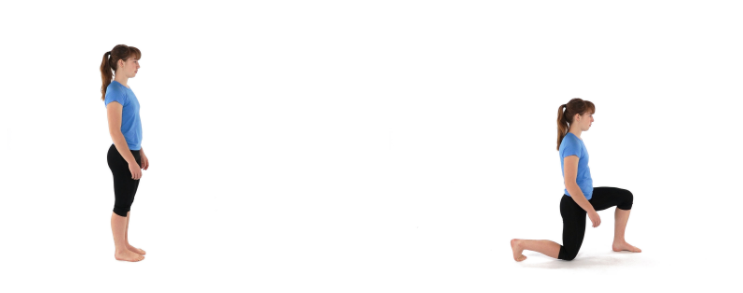
Application: 2 x 5–8 reps per side
Cues: Begin in a neutral standing position. Step forward to establish a balanced split-squat stance. Lower yourself until your front and back knees are at 90 degrees, stopping just short of your back knee hitting the ground. Press back up through your front heel while engaging your glutes. Alternate legs with each repetition, remembering to exhale as you rise against resistance!
As mentioned, aim for ultra-slow movements, taking at least 5 seconds for each rep. For an added challenge, hold a kettlebell or dumbbell in one hand for anti-rotation resistance, switching hands halfway through.
This video demonstrates effective core training through slow movements, emphasizing the importance of control.
- Back Squat
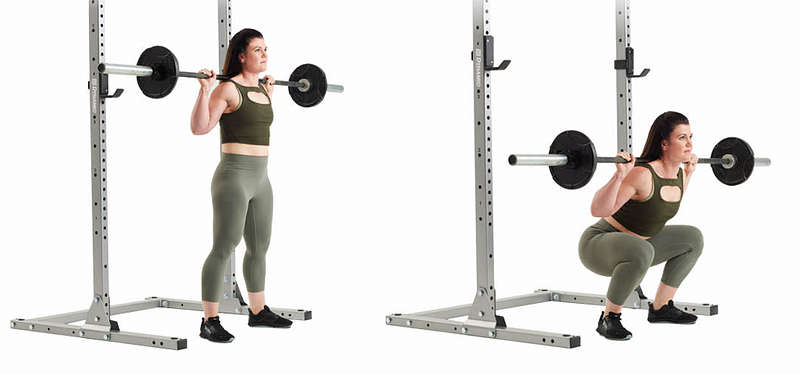
Application: 2 x 8–10 reps
Cues: The back squat is often underestimated as a core exercise, especially when performed slowly. If you have access to a barbell, it's an excellent option; otherwise, use a kettlebell, dumbbell, or bodyweight for beginners.
Start in a neutral standing position with toes slightly turned out. Ground yourself and visualize stacking your ribs over your pelvis to engage your core. Hinge your hips and take about 8–10 seconds to lower yourself to the maximum depth you can control, ensuring your heels remain flat and your knees do not cave in. Ascend with the same slow technique, engaging your glutes as you return to the starting position.
- Single-Leg Romanian Deadlift
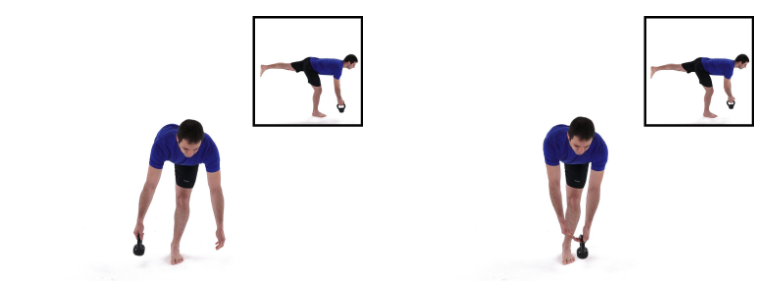
Application: 5–8 reps per side
Cues: Tighten your core and visualize stacking your ribs over your pelvis. Stand on one leg, hinging at the hips while extending the opposite leg back. Maintain a neutral back and engaged core. Lower yourself until you can control the movement, then extend your hips and engage your glutes to return.
This exercise helps restore balance in your legs and improve hamstring flexibility, addressing the common tendency to overtrain the quadriceps.
Modifications: To increase difficulty, add weight, shift it during the movement, or begin on a step-up for a greater range of motion. To simplify, remove weights and stabilize by holding onto a wall or using TRX handles.
BONUS: Single-Leg Glute Extensions
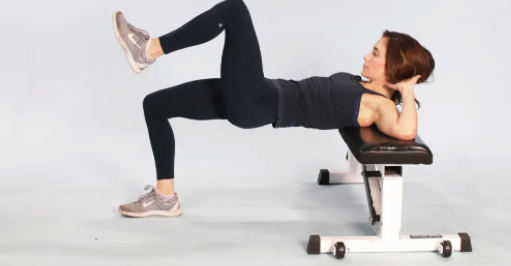
Application: 2 x 5 reps per side
Cues: Using a stable surface, prop your shoulders/elbows on the edge. Lift one leg while extending the planted leg fully. Pause at the top, then lower it slowly before re-extending. Keep your core engaged, exhaling during the extension and inhaling while lowering.
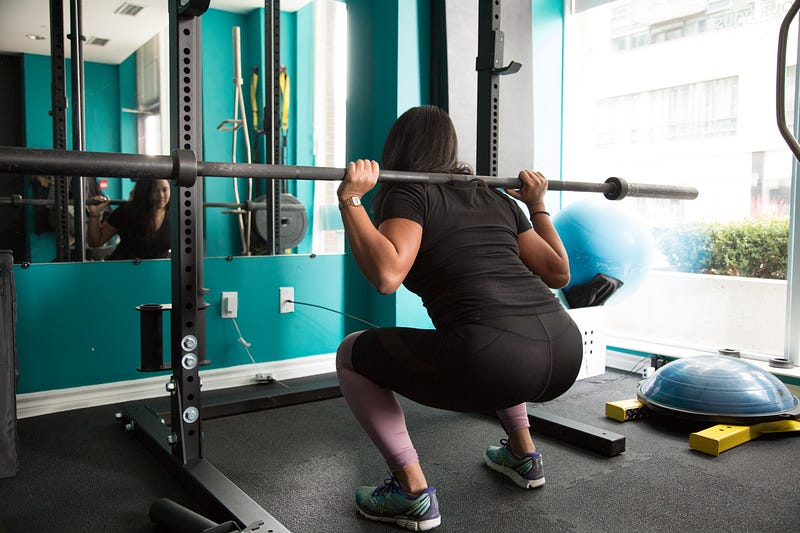
Photo by Sergio Pedemonte on Unsplash
Conclusion
If you're looking to revitalize your core workouts, this straightforward approach could be just what you need! We often neglect slow, controlled movements, yet they can significantly enhance our physical capabilities. By committing to this style of training, your core will become a valuable asset in all aspects of life.
Why not implement this fresh approach to your training today? You won’t regret the change!
-David Liira, Kinesiologist
